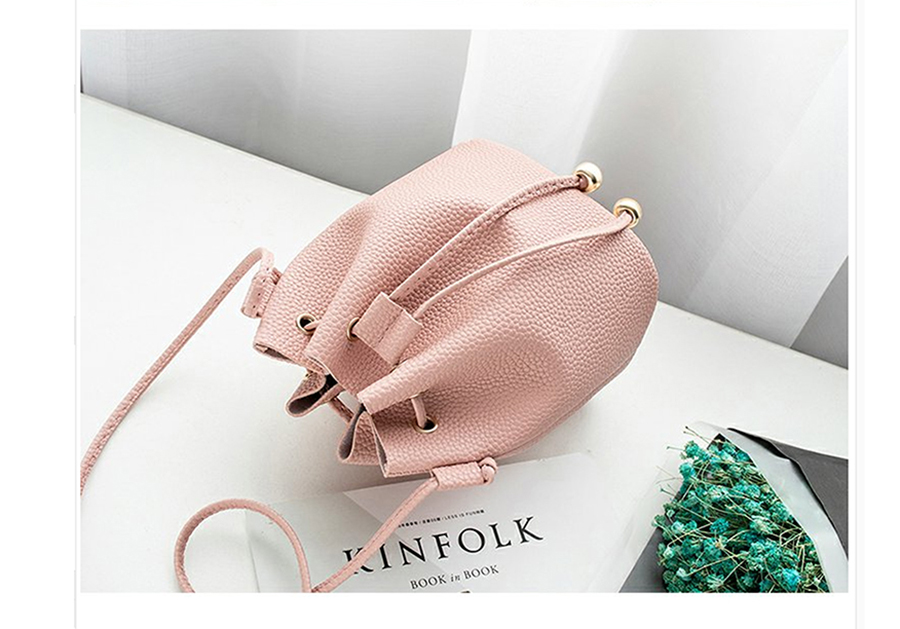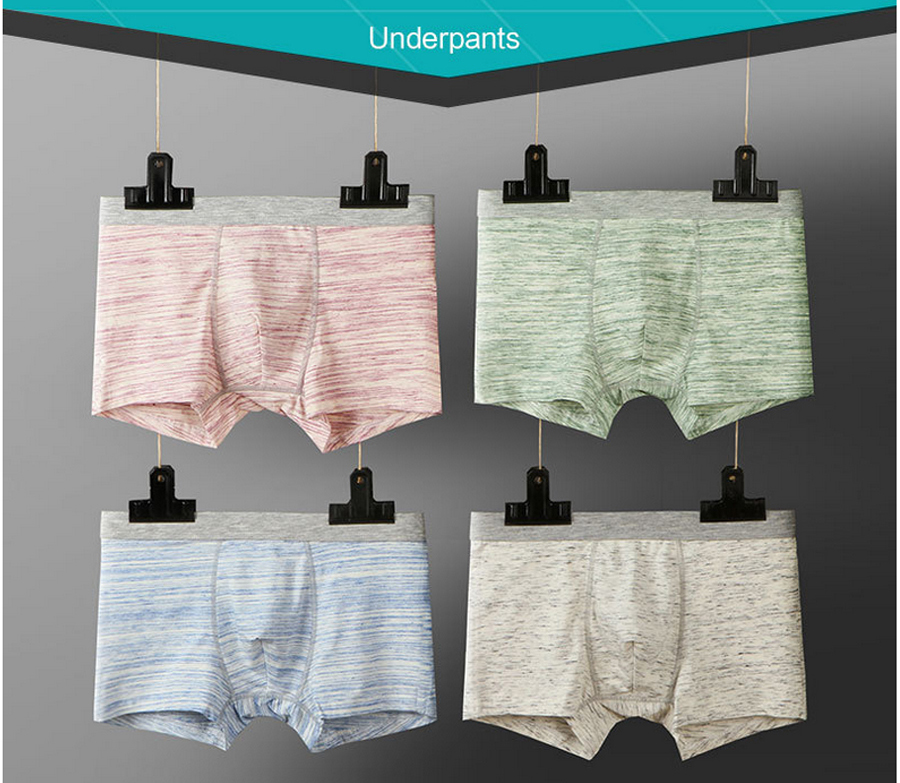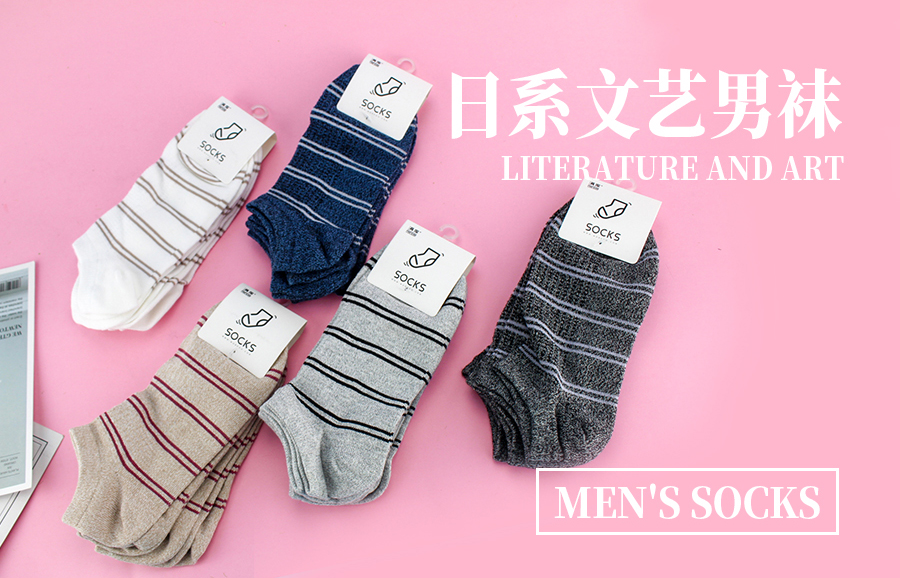1, the image clarity is not high.
The phenomenon is: the image is blurred; there are incomplete images in the image: the fineness of the spray nozzle is not adjusted properly. This is mainly due to the fact that the ink jet resolution does not match the fabric.
The solution is: due to the weaving method of the grey cloth, the surface cannot be as smooth as paper. In general, inkjet printing uses 360 to 720 dpi lines for inkjet. Fine fabrics such as silk are rarely jetted to 1440 dpi, and if the image clarity is increased indefinitely, it is not effective. And it will affect the increase in jet speed. The difficulty of adding software and hardware should be reasonably selected according to the fineness of the pattern and the smoothness of the fabric. The resolution can reasonably adjust the height of the nozzles for fabrics of different thicknesses: the nozzles are too low, which can easily clog the nozzles and affect the pattern color: the nozzles are too high, and the ink is too high. The head moves left and right. There is a certain height from the fabric. There will be a parabola with a certain angle. The borders of the printed patterns will be blurred, the accuracy will be poor, and the colors will not be bright enough. So when printing. Adjust the nozzle to the proper height.
2. The color level in the pattern is not rich enough.
The phenomenon is: There are two injuries in the pattern, and the level transition is unnatural; the expression of the color is not strong; the reason for the relatively smooth level is that the dye ink is not suitable or is not suitable for the gray cloth.
The solution is: inkjet printing changes the color gradation by the number of droplets ejected. Spray printing as a point drawing. It is no problem to express dark colors with high dot density. Sometimes it feels a bit poorly structured. Or, due to the incorporation of redundant color dots, the phenomenon of dark gray and bright color is liable to be a problem of solving the light color area. The effect of increasing the density can be achieved by using two shades of color and two colors. Another method is to premix the color. The so-called 'spot color' jet printing. However, there must be a color matching system and an automatic slurry system to support it. And color registration will be limited.
3, the surface of the printing process is coarse or there is ink flow.
It is formed by improper adjustment or damage to the ink jet port.
The solution is: the choice of printing accuracy. Most worsted fabrics are mostly printed with high precision 720doi~720dpi. Print accuracy is directly related to printer resolution Fabric prints are performed using 720 dpi resolution. The accuracy is already quite high and general woollen type wool fabrics can be printed with 360 dpi~360 dpi accuracy. This can increase the speed of printing. And enough to meet the print accuracy.
4, poor feel after inkjet printing processing.
It is used improperly for the pre-treatment process of the grey cloth, and the treatment formula is not suitable for the grey cloth: Improper composition of the slurry: Inappropriate dye selection.
The solution is: inkjet printing pre-treatment on the slurry has the following requirements: 1 good water retention. The higher the water receptivity, the better the fineness of the printing; 2 good degumming, which is the premise to ensure a good feeling after printing; 3 made of a good fluidity slurry, which is conducive to the sizing sizing : 4 good Electrolyte resistance The role of the alkali agent in the slurry is to promote the formation of covalent bonds with the hydroxyl groups on the cotton fibers when the reactive dyes develop color. Achieved higher print color fastness (color fastness of tested prints is 4 or 5); urea has the same effect as traditional printing and is mainly moisturizing. Paste, ink dyes must meet the characteristics of the fabric. Pay attention to the fabric's water holding capacity and adjust the prescription reasonably.
5, dye ink after printing produced osmotic phenomenon.
Due to the small volume of ink that can be absorbed by the fabric print area. Under the effect of capillary effect. Excess ink on the surface of the fabric spreads along the capillary between the fibers, causing the ink-jet printing pattern to seep. The main factors that affect the infiltration of paint ink on fabrics are not the composition of the ink itself. Fiber types and fabric structure and specifications are also very important factors.
The solution is: The fabric is treated with a suitable thickener. Block the gap between fibers. Prevents ink from spreading along the capillary. For light and thin fibers and bulky fabrics, the gap between the fibers is large and the water holding capacity is poor. When inkjet printing. Ink easily flows along the gap between fibers. Causes osmosis. The structure of the fabric is tight. The gap between fibers is small. The infiltration of ink is critical for the quality and use ratio of the smaller thickeners. Gradient scales (demonstrates) should be used in the proofing.
6, the color fastness is not good.
When using pigment inks, when the pigments reach nano-dispersion. The only drawback is the reduced light fastness. The order of light fastness is as follows: acrylic resin> melamine resin> urea formaldehyde resin> constitution dye> rosin fat. We are familiar with. Cationic dyes have poor lightfastness. When dyed on acrylic. The light fastness is good. When using an acrylic emulsion as a paint print adhesive. Printed fabrics generally do not have the problem of unacceptable light fastness. The hard monomers in acrylic emulsions generally use acrylonitrile or methyl methacrylate. To improve its stability under light and heat treatment conditions. When using it as a coating binder. Can also significantly improve the light fastness of the pigment. In the selection of dye inks, special attention should be paid to the constituent elements of the dye ink.
The good clothing we produce is some close-fitting clothing and hats, scarves and sleeves. These clothes are textile products that are of good quality and comfortable to wear. The textile garments we produce are both practical and aesthetic. The beautiful bags we produce are mainly fashionable and practical bags. The style of the bag is roughly divided into one shoulder, shoulder, diagonal and hand bag.



Our Advantages
1. The materials we make for Clothing And Bags are completely environmentally friendly and non-polluting;
2. We have independent, professional designers;
3. Our products follow the trend, fashion, and advanced;
4. We have many years of experience in design, production and sales
Clothing And Bags
Jinan Dark Intelligent Facilities Co.,Ltd , https://www.cndarkcvs.com